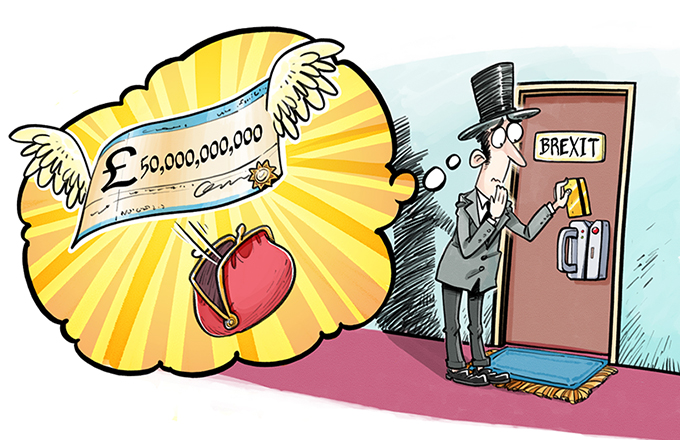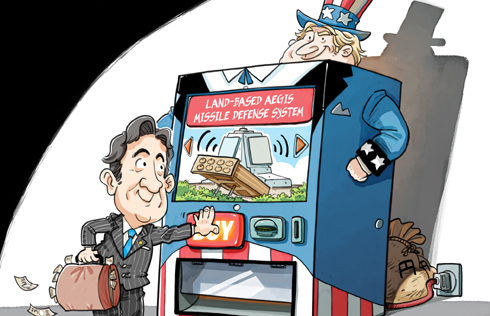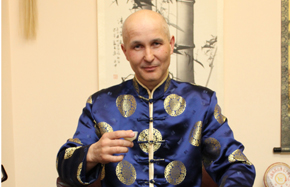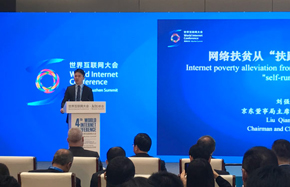Furthering China-US trade
Fifth, the frictions indicate that economic and trade theories do not fully conform to current trade practices. To some extent, globalization of production and consumption now determines trade. Trade is no longer simply commodity exchange that realizes final product value. Instead, it is a necessary step to ensure normal global production. Apart from "horizontal trade" and "vertical trade", there is also "circular trade". In circular trade, multinationals based in developed countries control the key links in the trading chain such as market concept, product design, factor purchase, wholesale and retail pricing, consumption and market feedback, leaving only processing, export packaging and delivery to the so-called manufacturing bases. This leads to severe deterioration in developing countries' trade conditions in the long run, further complicating the international trade imbalance.
China-US trade frictions tend to become frequent as global competition and integration intensify. Since the two countries have common factors as well as disputes in terms of ideology, political views and economic interests, they need to explore new ideas and measures to overcome their differences.
To begin with, they should seek common grounds while shelving their differences to develop win-win economic and trade relations. Since China-US trade frictions are increasing along with their common interests, the two sides have to carefully analyze and plan their long-term strategies and policies on national security and development.
Second, the two countries have to promote sustained and healthy economic development in a complementary manner. In the coming decades, the US will maintain its position as the most powerful and innovative country, and China will remain in the primary stage of socialist market economy. So close cooperation between them will be conducive not only to their sustainable development, but also to the rest of the world's stability and development.
Third, China and the US have to enhance mutual respect to jointly drive forward globalization. The two countries have different histories, cultures and political systems but both reflect the spirit of creation. Hence, they have to treat each other on equal terms, appreciate each other's advantages and use them to promote economic growth and social progress. The US has to follow an inclusive policy not only at home, but also across the globe. And China should adhere to international principles and advance its reform amid global integration.
Fourth, China has to strengthen its research and development sector and work with other countries to improve international trade rules and multilateral mechanisms. It should better utilize multilateral mechanisms of the World Trade Organization to settle trade frictions, expedite the implementation of its intellectual property strategy and intensify efforts to build international brands in order to reduce technical trade frictions. China also has to speed up its industrial restructuring and carefully select market segments to position its products to give shape to a new pattern of differentiated development and competition.
China-US economic and trade ties have seen quantitative, not qualitative, changes. As their ties mature, the two sides tend to have higher expectations from each other. Conflicts arise when one or both sides fail to measure up to those expectations. Nevertheless, they achieve win-win results when they cooperate and meet failure when they quarrel.
That is why the Trans-Pacific Partnership which the US is promoting cannot reduce the importance of China-US trade ties. And China's cooperation with other BRICS countries is not meant to challenge the US' status in the international community. It is thus important not to politicize economic and trade issues, because it will only make them even more complicated.
In their long-term interests, China and the US should try to see things from each other's perspective to seek common grounds, base their plans on reality, enhance cooperation and advance the cause of globalization.
The author is vice-president of the Research Institute of China Development Bank.
(China Daily 07/06/2013 page5)



















